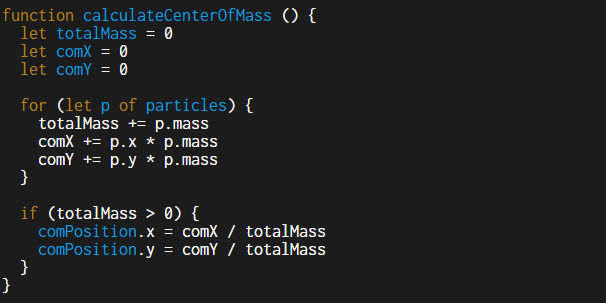In Physics, we come across various conservation laws, as mentioned above, and even though all of them may not be equally exact or accurate, they nevertheless prove helpful in many ways. Thus, for instance,
1. Without going into details of the trajectories or the forces involved in any particular case, they give us a broad and generalised picture of the significant facts that emerge in consequence of the equations of motion.
2. Even in cases where the nature of the forces involved is not clearly known, the conservation laws have been successfully invoked, particularly in the realm of what are called fundamental or elementary particles and have, indeed, helped predict the existence of quite a few more of them viz, conservation of parity.
3. They forewarn us of the impossibility of the occurrence of certain types of phenomena (like, for example, a perpetual motion machine) and thus prevent wastage of time and effort that we might otherwise feel tempted to devote in tackling such problems.
4. They seem to have an intimate relationship with the concept of invariance and we may often use them, with success, in exploring and unraveling new and hitherto not well understood phenomena. For an example, the principle of conservation of linear momentum can be obtained more or less as a direct consequence of Galilean invariance.
[From Mathur's Mechanics, Page 226-227]





































